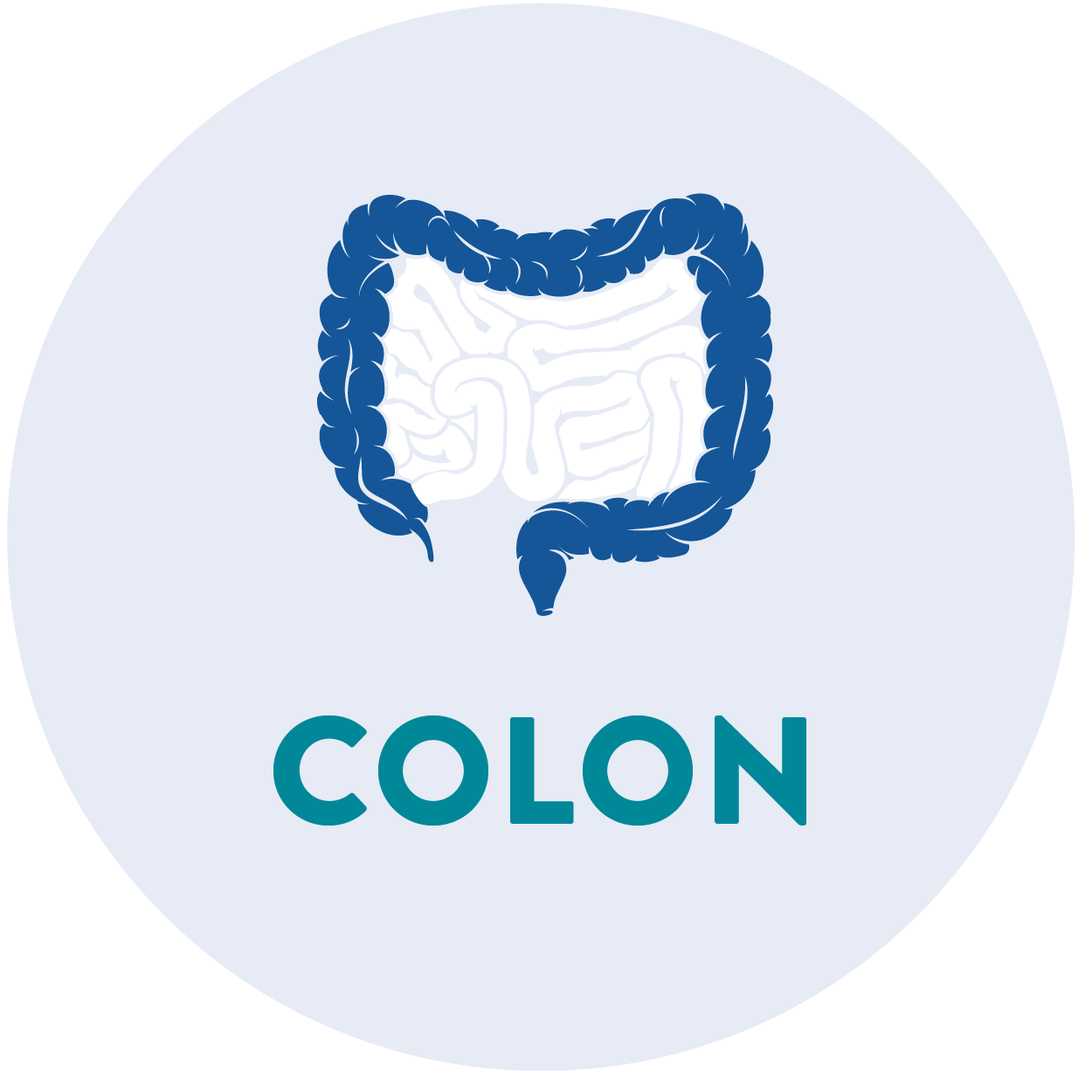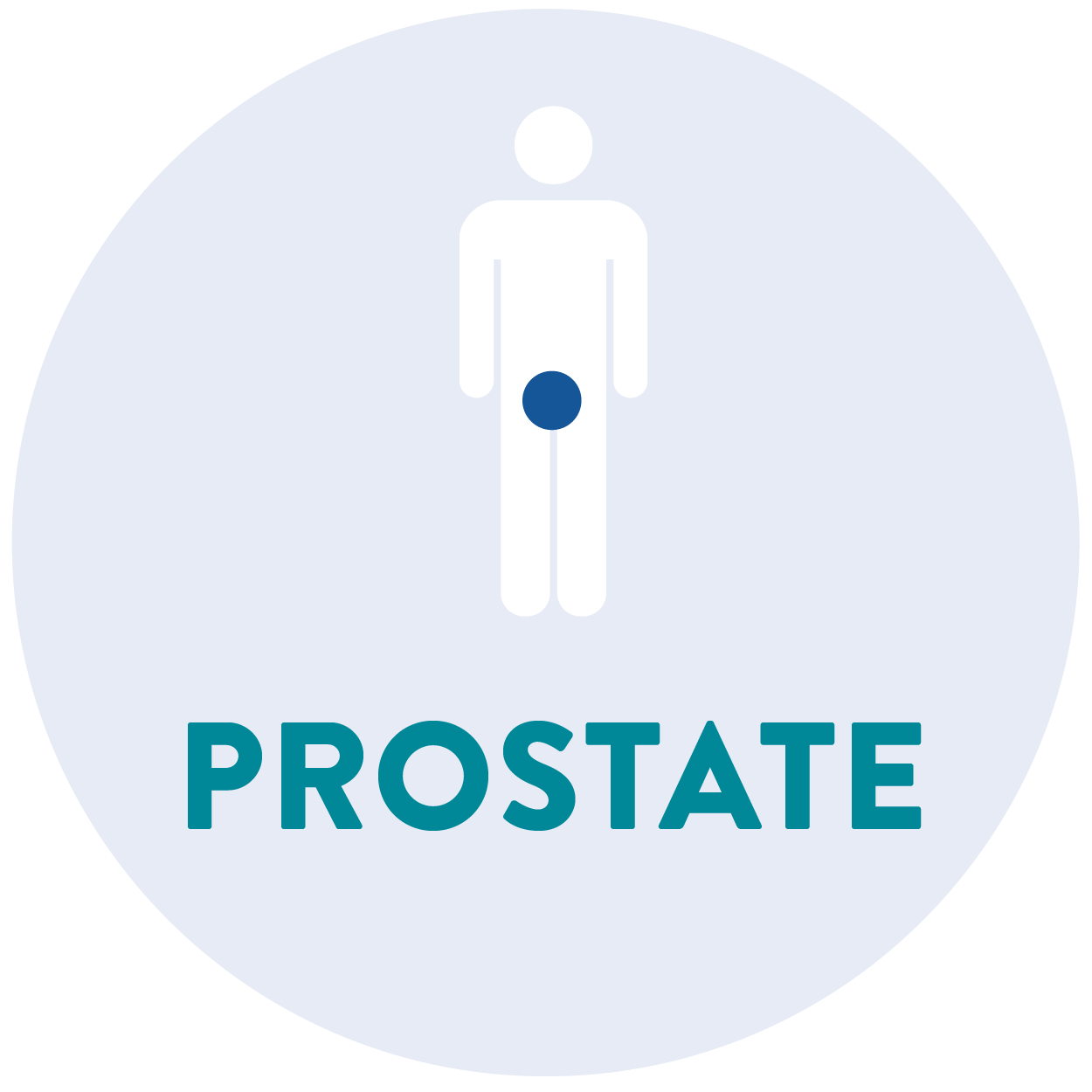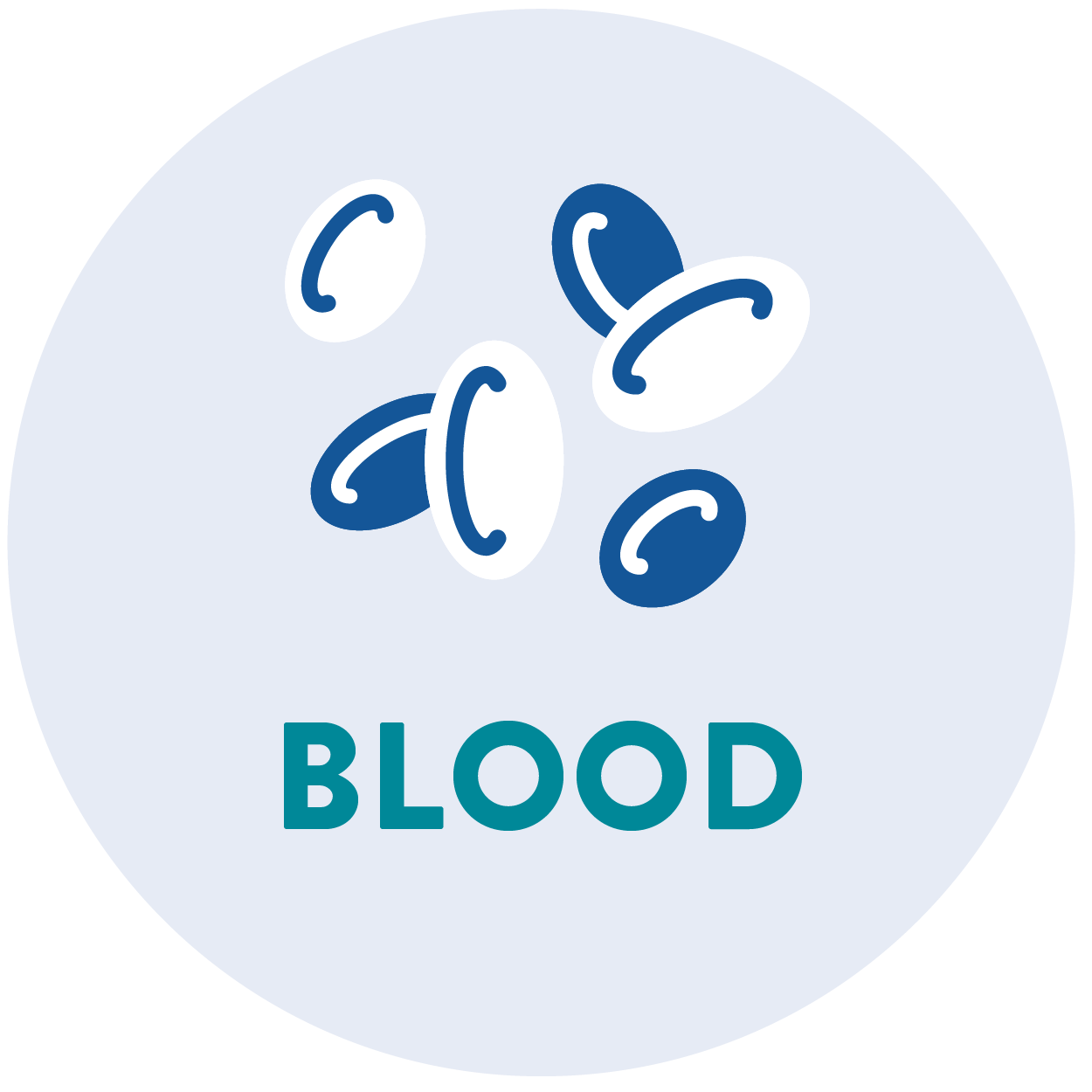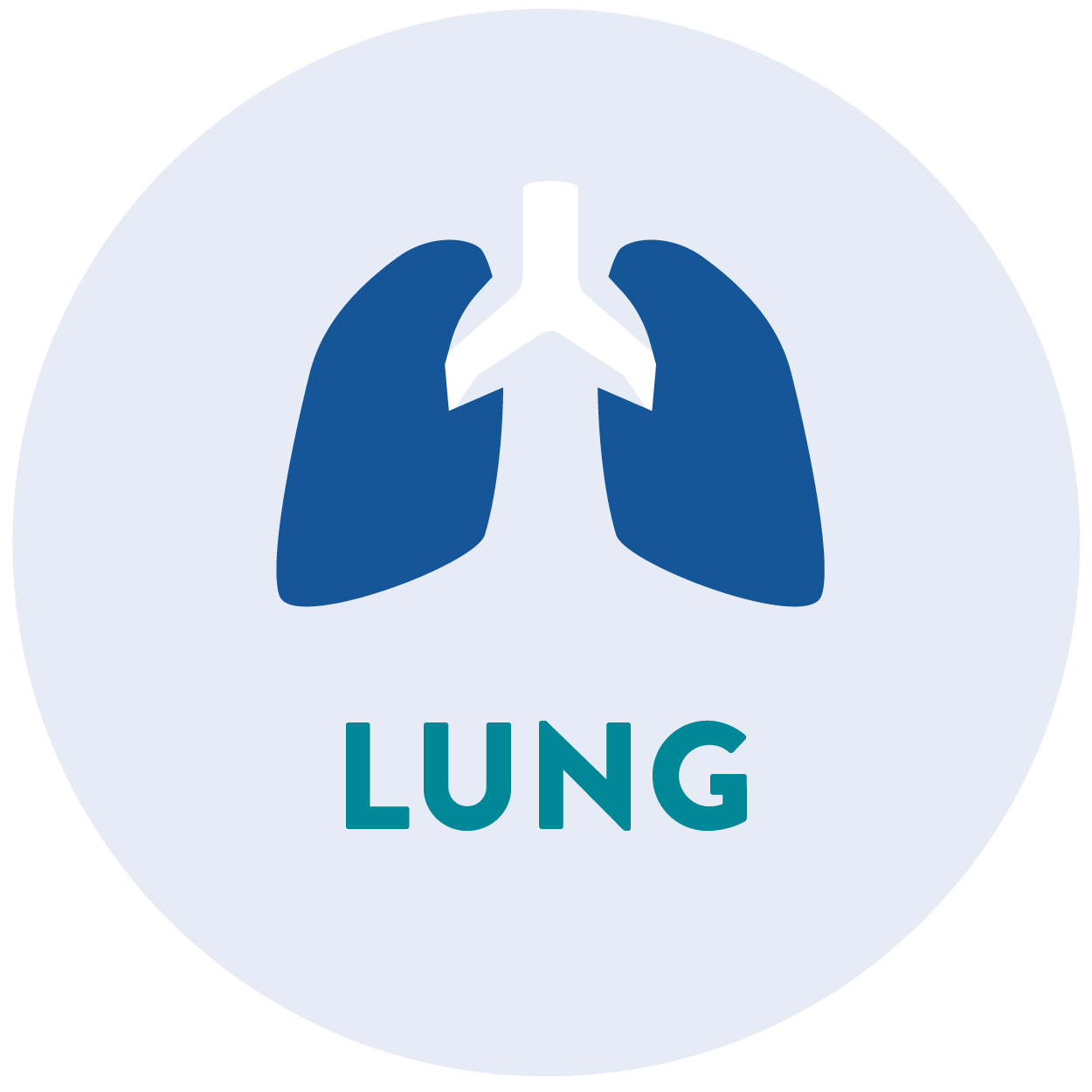Cancer Care
CANCER CARE
The economic burden of cancer consists of two parts: direct and indirect costs:
- Direct costs include all the resources necessary for prevention, treatment and cancer care
- Indirect costs include resources lost due to inability to work
Cancer is on track to overtake cardiovascular disease as the leading cause of death and disability in Europe, and it is already the leading cause of death among people under 65, representing 32% of deaths in 2022. However, only around 6–7% of total health expenditure is currently allocated to cancer care, despite cancer accounting for 23% of all deaths and 17% of the total disease burden (DALYs) in Europe.
Spending on cancer care has more than doubled from €62 billion in 1995 to €146 billion in 2023, largely in line with rising cancer incidence, demographic changes, and advances in treatment options. Despite this increase, the overall share of healthcare spending dedicated to cancer has remained stable across countries over the past two decades.
At the same time, indirect costs have declined from €97 billion in 1995 to €82 billion in 2023 as improved outcomes have reduced premature mortality and productivity loss. Still, the total economic burden of cancer (direct + indirect costs) rose by 43%, from €159 billion to €228 billion between 1995 and 2023.

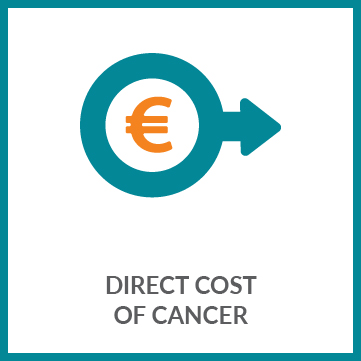
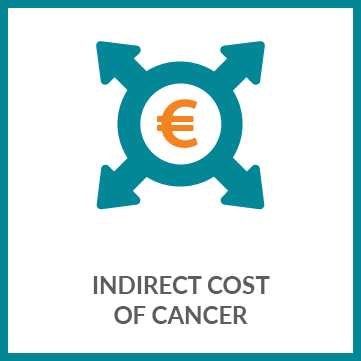
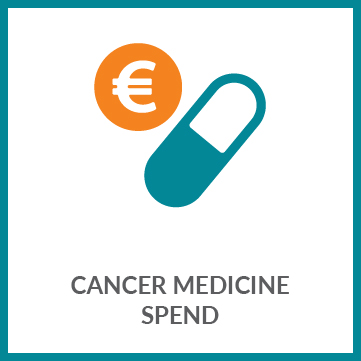
Western European countries tend to spend significantly more on cancer medicines than Eastern European countries.
MEDICINES UPTAKE
There has been a significant increase in the number of approved cancer medicines and indications in recent years. From 1995 to 2024, the EMA has approved 194 new cancer medicines and 318 new indications.
Western European countries tend to reimburse more cancer medicines and do so faster than countries in Central and Eastern Europe and smaller countries. The actual use of new medicines (uptake in milligrams per cancer case) follows the same pattern.
Austria, Switzerland, and France lead the uptake of newer cancer medicines in clinical practice, while Latvia, Poland, Estonia, and Slovakia have the lowest uptake levels.
However, the gap between the two highest- and lowest uptake countries shrank from a 5.3-fold difference in 2018 to a 3.3-fold difference in 2023, narrowing the access gap for patients.
For more information on cancer medicines in Europe, you can access the report here.

